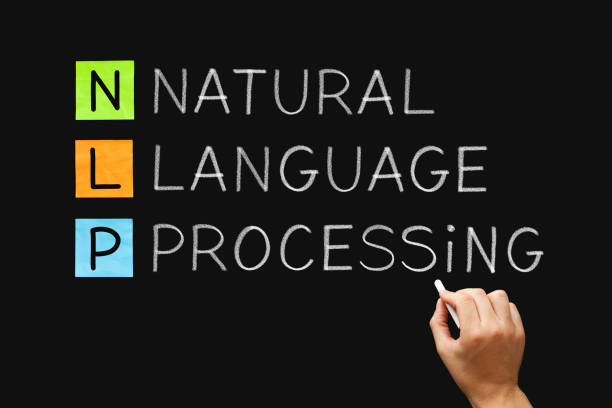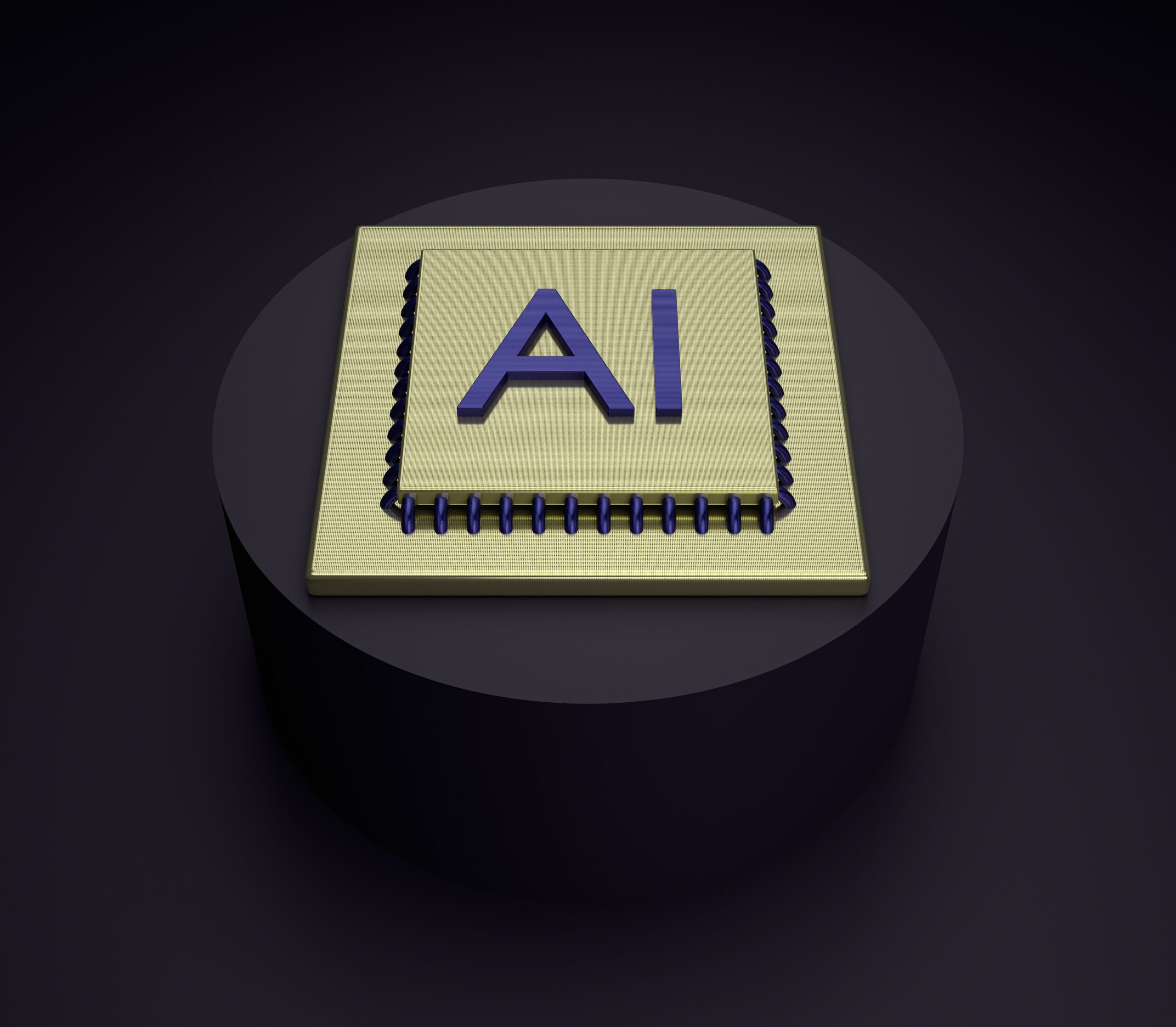Innovation is the driving force behind progress, and the protection of intellectual property is paramount in ensuring that innovators are rewarded for their efforts. Patent docketing, a critical component of the intellectual property landscape, plays a pivotal role in managing and protecting patents. The complexities and nuances involved in this process have traditionally been a challenge, but thanks to the advent of Artificial Intelligence (AI), patent docketing is undergoing a transformation. In this article, we delve deep into the realm of AI’s contribution to patent docketing, exploring its evolution, benefits, challenges, and the future it promises.
Understanding Patent Docketing
At its core, patent docketing refers to the systematic and organized management of patent applications and associated documents throughout the patent lifecycle. It involves tasks such as tracking deadlines, managing correspondence with patent offices, and ensuring compliance with legal requirements. Docketing serves as the backbone of patent management, and its efficiency is critical for protecting an organization’s intellectual property assets.
Key Components of a Patent Docketing System
A comprehensive patent docketing system consists of several key components:
- Data Entry and Capture: This involves recording information from various sources, such as patent applications, office actions, and correspondence.
- Deadline Tracking: Ensuring that critical deadlines for filing, responses, and maintenance fees are met.
- Document Management: Organizing and storing patent-related documents securely.
- Communication Management: Handling correspondence with patent offices and other relevant parties.
- Reporting and Analytics: Providing insights into the status and performance of patent portfolios.
The Challenges and Complexities of Patent Docketing
Patent docketing is not a straightforward task. It involves dealing with a myriad of documents, strict deadlines, and legal intricacies. The volume of paperwork alone can be overwhelming, especially for large organizations with extensive patent portfolios. Furthermore, the consequences of docketing errors can be severe, leading to missed opportunities, loss of patent rights, and financial setbacks.
The Need for Innovation in Docketing Processes
Given the intricacies and potential pitfalls associated with patent docketing, there has been a growing need for innovation in the field. Manual docketing processes, relying solely on human efforts, are not only time-consuming but also prone to errors. This is where Artificial Intelligence (AI) steps in, offering a promising solution to streamline and enhance patent docketing.
The Evolution of AI in Patent Docketing
The journey of AI in patent docketing began with rudimentary automation efforts. Early systems focused on automating data entry and deadline tracking. While these systems reduced some manual workload, they lacked the sophistication required to handle the complexities of patent docketing fully.
The Rise of Machine Learning and Natural Language Processing
The turning point came with advancements in machine learning and natural language processing (NLP). These technologies empowered AI systems to understand and process patent-related documents more effectively. NLP algorithms could extract key information from patent applications, making it easier to categorize and manage them.

Current State-of-the-Art AI Technologies in Docketing
Today, AI-driven patent docketing has reached an impressive level of sophistication. State-of-the-art AI technologies can not only handle data entry and deadline tracking but also perform tasks such as:
- Semantic Analysis: Understanding the context and meaning of patent documents.
- Prior Art Search: Identifying existing patents and publications relevant to a patent application.
- Predictive Analytics: Anticipating potential issues and suggesting strategies for patent prosecution.
- Natural Language Generation: Creating draft responses to patent office actions.
Several organizations have embraced AI to revolutionize their patent docketing processes. One notable example is IBM, which developed an AI system called ‘ROSS’ that utilizes IBM Watson’s cognitive computing capabilities. ROSS assists legal professionals by providing real-time legal research, helping patent attorneys stay up-to-date with the latest developments in patent law.
In addition to law firms, corporations with extensive patent portfolios have also benefited from AI-driven docketing solutions. These technologies enable them to manage their patents more efficiently, leading to cost savings and enhanced competitiveness in the market.
Benefits of AI in Patent Docketing
Improved Accuracy and Reduced Errors
One of the most significant advantages of incorporating AI into patent docketing is the enhanced accuracy it offers. AI systems are designed to minimize errors, ensuring that critical deadlines are met, and data is recorded correctly. This reduction in human error can have a profound impact on the outcome of patent applications and the protection of intellectual property.
Increased Efficiency and Productivity
AI-powered patent docketing tools can handle tasks at a much higher speed than their human counterparts. They can process vast amounts of data quickly, allowing legal professionals to focus on more strategic and value-added activities. This increased efficiency translates into significant time and cost savings for patent law firms and organizations.
Cost Savings for Patent Law Firms and Organizations
In the competitive landscape of intellectual property, cost management is crucial. AI-driven docketing systems can help organizations reduce overhead costs associated with manual docketing processes. By automating routine tasks, firms can allocate their resources more effectively, leading to substantial cost savings over time.
Enhanced Data Security and Compliance
The protection of sensitive patent-related information is paramount. AI-powered docketing solutions often come equipped with robust security measures, ensuring that confidential data remains secure. Additionally, these systems can assist in maintaining compliance with various legal and regulatory requirements, reducing the risk of penalties or legal complications.
AI-Powered Patent Docketing Tools and Software
In the realm of patent docketing, AI-powered software has emerged as a game-changer, streamlining and enhancing the management of patent portfolios. Several software solutions have gained prominence, each offering a unique set of features and capabilities tailored to the specific needs of law firms, corporate IP departments, and innovators.
One notable contender in the field is Anaqua, renowned for its comprehensive IP management platform. Anaqua’s AI-driven docketing capabilities provide organizations with a robust toolset for managing their patent-related tasks efficiently. By automating data entry, deadline tracking, and document management, Anaqua empowers users to focus on strategic decision-making rather than routine administrative work.
Clarivate Analytics (formerly CPA Global) is another heavyweight in the industry, offering AI-powered solutions that encompass docketing, document management, and analytics. The software’s AI-driven features enable users to extract valuable insights from their patent portfolios, aiding in informed decision-making and IP strategy development.
IPfolio, a leading player in the space, specializes in offering intuitive and customizable AI-driven patent docketing tools. Their platform not only simplifies docketing but also integrates seamlessly with other IP management systems, ensuring data consistency and accuracy.
Additionally, InQuartik, a Taiwanese company, has made its mark in the field of AI-driven patent portfolio management. Their tools employ natural language processing (NLP) to facilitate semantic analysis of patent documents, making it easier for users to extract valuable information.
Features and Functionalities of AI-Powered Tools
AI-powered patent docketing tools come equipped with a rich array of features and functionalities designed to streamline patent management processes. These features include:
Document Parsing:
These tools can automatically extract and categorize information from patent documents, reducing the need for manual data entry and ensuring data accuracy.
Deadline Calculation:
Accurately calculating patent-related deadlines is a critical function of AI-driven docketing tools. They help users stay on top of crucial timelines, preventing costly oversights.
Predictive Analytics:
Some advanced systems incorporate predictive analytics, which can anticipate potential challenges and suggest proactive actions. This feature empowers organizations to make informed decisions during patent prosecution.
Data Integration:
Seamless integration with existing IP management systems and databases is a hallmark of effective AI-powered docketing software. This ensures that data flows effortlessly, minimizing the risk of data inconsistencies.
These features collectively contribute to improved efficiency, accuracy, and data-driven decision-making in patent docketing processes.
User Experiences and Reviews
When considering the adoption of AI-powered patent docketing tools, it’s crucial to assess the experiences and reviews of users who have implemented these solutions. User feedback provides valuable insights into the practical benefits and potential challenges associated with specific software.
Online forums, industry conferences, and user reviews on platforms like G2 and Capterra can serve as valuable resources for gathering information about the strengths and weaknesses of different software options. Furthermore, reaching out to software providers for live demonstrations and case studies can help organizations gain a deeper understanding of how a particular solution aligns with their unique requirements.
Incorporating AI into patent docketing processes has the potential to drive substantial improvements in efficiency, accuracy, and cost-effectiveness. By carefully evaluating different AI-powered tools and software options, organizations can make informed decisions that align with their objectives and empower them to better protect and manage their intellectual property assets.
Challenges and Concerns
Ethical and Legal Considerations in AI Docketing
While AI offers significant benefits in patent docketing, it also raises ethical and legal questions. For example, the use of AI in decision-making processes, such as patent prosecution strategies, can lead to concerns about transparency and accountability. Organizations must navigate these challenges while ensuring that their AI systems adhere to legal and ethical standards.
Potential Job Displacement and Workforce Implications
The automation of docketing tasks through AI can lead to concerns about job displacement within the legal profession. However, it’s essential to recognize that AI should be viewed as a tool to augment human capabilities rather than replace them entirely. Legal professionals can focus on higher-level tasks, such as strategic patent portfolio management and legal analysis, while AI handles routine administrative work.
Ensuring Data Privacy and Security
The handling of sensitive patent-related information underscores the importance of robust data privacy and security measures. Organizations must ensure that their AI-powered docketing systems adhere to industry standards and regulations to protect confidential data from breaches or unauthorized access.
Addressing Bias and Fairness in AI Algorithms
AI algorithms are only as good as the data they are trained on, which can introduce bias. In the context of patent docketing, bias in AI algorithms could lead to unfair treatment of certain patent applications or inventors. It’s crucial to implement measures to identify and mitigate bias in AI systems to maintain fairness and equity in patent prosecution.
Implementing AI in Patent Docketing
Steps and Best Practices for Integration
Successfully integrating AI into patent docketing involves several key steps and best practices:
- Assessment: Evaluate your organization’s docketing needs and identify areas where AI can add value.
- Vendor Selection: Carefully choose an AI solution provider that aligns with your requirements and budget.
- Data Preparation: Ensure that your patent-related data is clean, structured, and ready for AI analysis.
- Training: Train your team on how to use the AI system effectively and provide ongoing support.
- Monitoring and Optimization: Continuously monitor the performance of the AI system and make adjustments as needed.
Training and Upskilling the Workforce
As AI becomes more integrated into patent docketing processes, legal professionals will need to acquire new skills. Training programs and upskilling initiatives can help lawyers and paralegals adapt to the changing landscape and leverage AI tools effectively. This investment in human capital is critical for maximizing the benefits of AI while maintaining quality and compliance.
Measuring the ROI of AI Investments
It’s essential to establish clear metrics and key performance indicators (KPIs) to measure the return on investment (ROI) of AI in patent docketing. These may include factors such as reduced errors, increased efficiency, cost savings, and improved patent portfolio management. Regularly assess how AI is impacting your organization and make adjustments as necessary to achieve your goals.
Overcoming Resistance to AI Adoption
Resistance to change is common in any organization. To successfully implement AI in patent docketing, it’s vital to address this resistance through effective change management strategies. This may involve clear communication about the benefits of AI, providing training and support, and involving key stakeholders in the decision-making process.

Leave a Reply